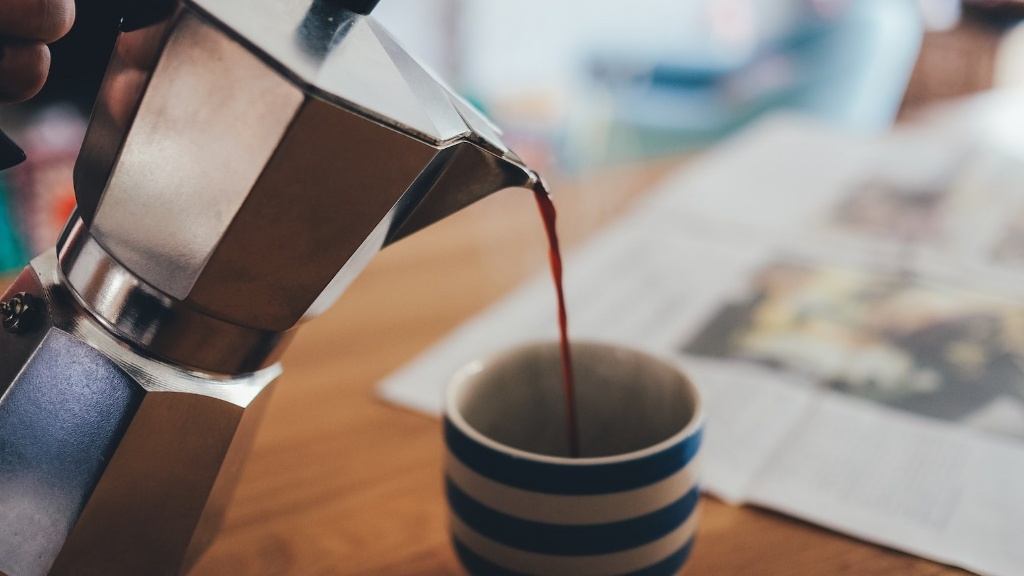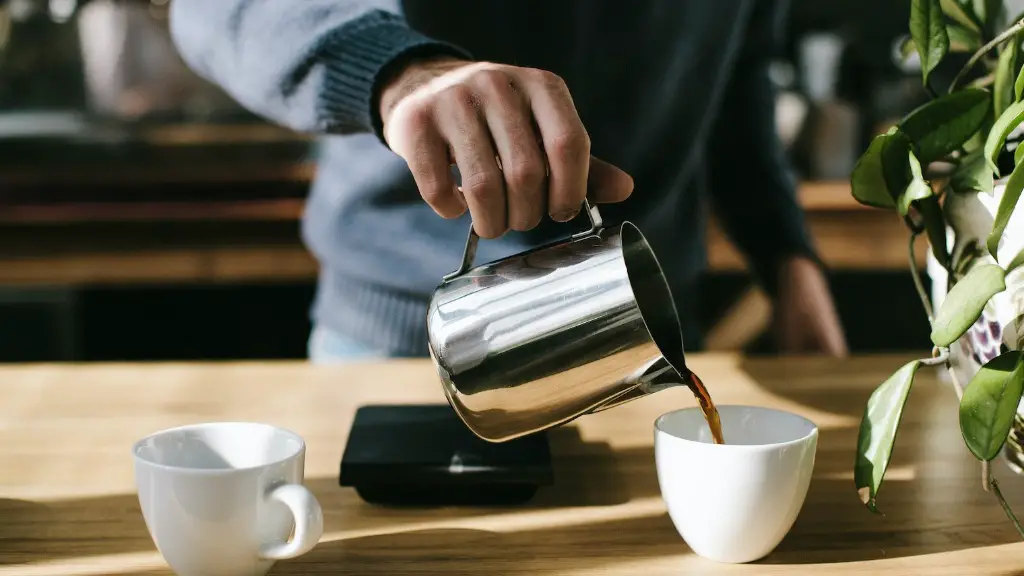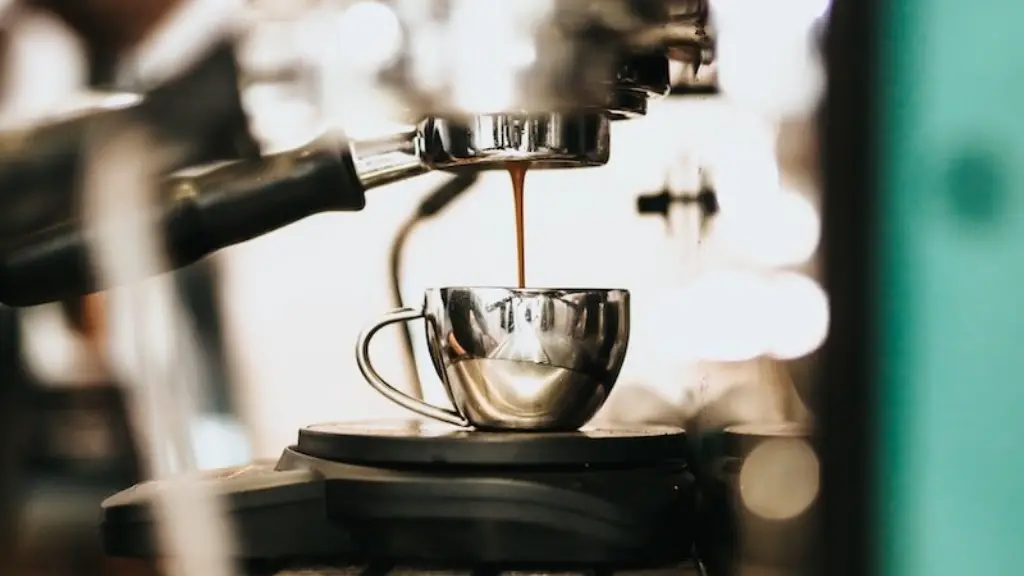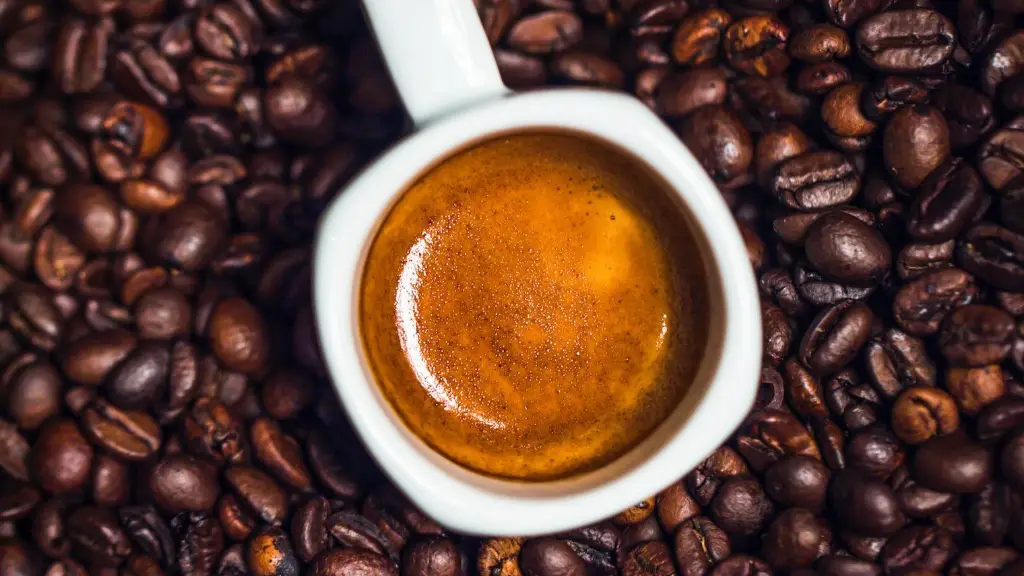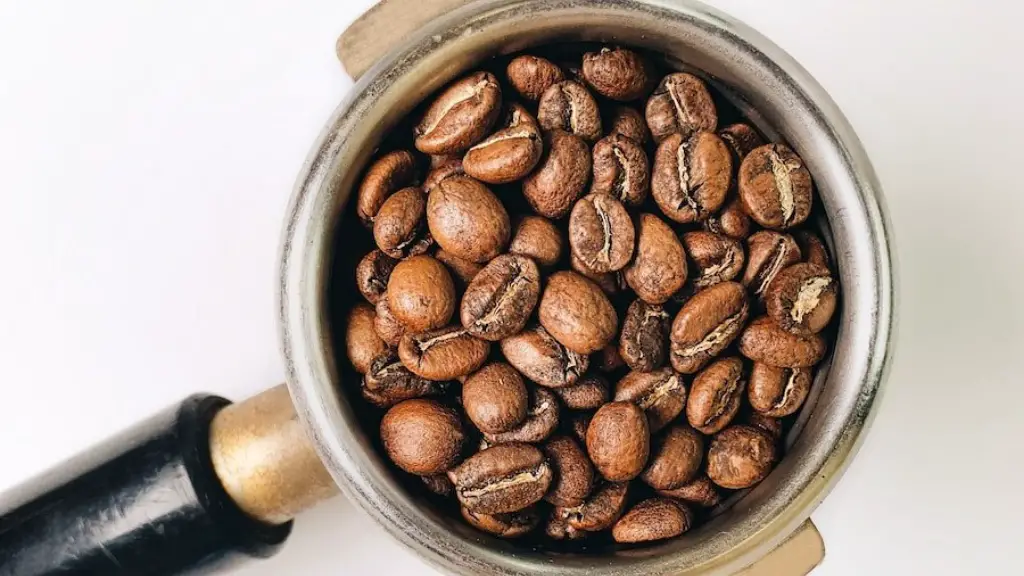Making coffee drinks with an espresso machine can be intimidating, but with a little information and practice, anyone can create delicious shots of strong coffee. An espresso machine is made up of several components, including a steam wand, pump, and boiler, that can take some getting used to. However, the effort is worthwhile as the delicious reward of a perfectly made cup of coffee. Read on to learn the basics of how to make coffee drinks with an espresso machine.
First, the barista will probably want to start with a quality espresso bean. This can affect the flavor and effectiveness of the espresso drinks. Secondly, the barista needs to figure out the grind size to use, which is often dependent on the type of espresso machine being used. The finer the grind, the more quickly the water will flow through the espresso and the sweeter the flavor. This can be a tricky balance, as the espresso should not be too thin or too thick.
The next steps involve heating the espresso machine and pulling the shot of espresso. Before pulling, the wand should be purged to get rid of any water that has pooled in it. This can also help ensure that the espresso is extracted at a uniform temperature throughout. The coffee should be evenly tamped, usually with fifteen to twenty-five pounds of pressure on the coffee beans. This helps to ensure that the water flows through the coffee evenly and none of it is blocked, creating a balanced flavor.
Once the shot is pulled, the cup should be filled with the correct amount of espresso, usually two ounces for an espresso shot. From there, other options, like a latte or cappuccino, can be made. To make a cappuccino, the espresso is first placed in a cup and then topped with steamed milk and frothed milk. To make a latte, the espresso is also first placed in a cup, but then it is topped with steamed milk with only a small amount of foam.
When making coffee drinks with an espresso machine, baristas should make sure the shots are pulled to the proper shot time. A good shot time is typically between twenty-three and thirty-five seconds, with the ideal time being around twenty-eight seconds. The first ten seconds should be short and sweet, and the rest of the shot should be strong and bold. This helps to create the perfect cup of coffee.
Finally, the temperature of the coffee is also important when making espresso drinks. If the espresso is too hot when it is pulled, it will burn the coffee and overpower the flavor, while if it is too cool, it will not pull the full flavor out of the espresso beans.
Collaboration With Other Ingredients
Espresso drinks can also be enhanced when combined with other ingredients. Common accompaniments to espresso drinks are syrups and spices such as vanilla, cinnamon, and nutmeg. Simple syrups such as torani and monin can be used to sweeten the drink, while spices can be used for an added flavor boost.
Caffeinated beverages such as energy drinks and iced green tea lattes are becoming increasingly popular and can be made with an espresso machine. All that is needed is a few simple ingredients and the steamed espresso to combine them with. For example, for an energy drink, espresso can be combined with a carbonated energy drink, such as Red Bull, for a nice kick of caffeine.
Coffee cocktails are also a great way to experiment with espresso drinks. Espresso can be combined with vodka, whiskey, and other spirits to create delicious and unique combinations. Cocktails can be as simple as an espresso Martini or as complex as a mocha-infused old fashioned.
Finally, espressos can also be combined with juices, liquors, and liqueurs. This can be done with a basic espresso and some simple ingredients, or an espresso machine can be used to make a more photogenic and flavor-packed concoction. For example, an espresso machine can be used to make a mocha almond frappe.
Making Latte Art
The art of making latte art involves combining espresso, steamed milk, and syrup to create beautiful images with the coffee crema or foam. Although this art form can often take some practice, anyone can learn the basics. The key is to first ensure that the espresso and milk sugar are correctly pulled and then practice, practice, practice.
The first step is to pull a shot of espresso and then steam the desired amount of milk. The milk should first be placed at the bottom of a jug before the steam is applied, as the steam needs to build up from the bottom of the jug. Once the milk is steamy, it is time to combine the espresso and milk, which can be done with a variety of tools, from basic spoons to fancy jiggers.
The next step is to pour the milk and espresso into the cup and then to gently swirl the cup to combine the two. This creates the latte foam, which is the foundation for making the art. It is important to note that the cup and pour must be aligned in the same direction throughout the entire process to keep the foam and espresso separate.
Once the cup and pour are aligned, the design can begin. This can involve simple etching of lines or designs into the foam using a sharp tool or spoon. For more intricate designs, the barista can use a squeegee drawing tool or a jigger to slowly pour specific amounts of milk or foam into the cup. Of course, practice makes perfect and with some patience and practice anyone can learn to make beautiful espresso foam art.
Keeping Espresso Machine Clean
Making espresso drinks with an espresso machine inevitably leads to a certain amount of mess and cleanup. In order to ensure that the espresso machine works well and tastes great for each use, it needs to be kept clean. The espresso machine should be routinely cleaned, dismantles, and descaled, depending on the size and model of the machine.
First, milk should be wiped down from the steam wand and the nozzle cleaned with a damp cloth. This should be done after every use. Next, it is important to disassemble and clean all removable parts of the machine, including portafilters, baskets, and milk jugs. These parts should be soaked in warm water and dish soap, rinsed off, and then dried.
Finally, the machine should be descaled. This involves using a descaler solution to flush out the minerals and lime buildup in an espresso machine. This will ensure that the machine continues to run efficiently and make great espresso drinks. This process should be done every three to six months, depending on how frequently the espresso machine is used.
Foaming Milk For Espresso Drinks
The ability to foam milk for espresso drinks is an essential skill for baristas. In order to foam the milk correctly, the barista should understand the basics of how to create foam with a steam wand and the general ratios of milk to foam.
The steam wand works by heating the milk with hot air, transforming it from a liquid to a foam. In order to create the desired amount of foam, the barista will need to have the right amount of milk in the pitcher and hold it at the right angle. The ideal ratio of milk to foam is 2:1, meaning two parts milk to one part foam. Holding the pitcher at an angle will help to create the right balance of milk and foam.
To create the foam, the barista should place the tip of the wand just below the surface of the milk and turn it on. The wand should be held in place for a few seconds until the milk starts to foam. Then, the pitcher can be slowly tilted to the side and the wand moved up and down while the pitcher is slowly rotated. This will create a nice wavy pattern in the milk and create the ideal amount of foam. Once the desired amount of foam is achieved, the wand should be turned off and the milk can be poured into the espresso.
Pulling An Espresso Shot
Once the espresso machine is set up and the milk is frothed, it’s time to pull the shot. The barista needs to put the ground coffee into the portafilter and then evenly tamp it to create a good seal. This helps to ensure that the espresso is extracted evenly and that the water is able to flow through the coffee properly.
The portafilter should then be inserted into the espresso machine, locked in place, and a cup placed under the spout. The machine should then be turned on, and the barista should watch the pressure gauge carefully. If the pressure is too high, the espresso will be too bitter, while if it is too low, the espresso will be too weak. When the desired pressure is reached, the barista should turn off the machine and the espresso will begin to flow into the cup.
Once the espresso is in the cup, the cup should be wiped off and the portafilter should be removed and wiped down. The espresso is now ready to be combined with the steamed milk and other ingredients or to be served as a single shot.
Troubleshooting Espresso Machines
Occasionally, espresso machines might not be working as expected, whether it’s due to a lack of pressure, a lack of flavor, or a problem with the machine itself. There are a few things that a barista can do to troubleshoot the machine.
First, the barista should check to make sure that the machine is setup properly and that the machine’s parts are all in working order. The grinder should be cleaned and the espresso grounds should be fresh. The espresso machine should also be descaled and any clogged tubes should be cleared.
Second, the barista should adjust the grind size, shot time, and espresso pressure. This can be done by experimenting with different grind sizes, altering the pull time, and adjusting the pressure. If the espresso still does not have good flavor, the barista can adjust the settings even more and use a finer grind size and pull the shot for an even longer time.
If these tricks still do not work, the barista might need to call a technician to come and troubleshoot the machine. Additionally, the barista could also experiment with different types of beans, as the flavor and extraction can be affected by the type of bean used.

